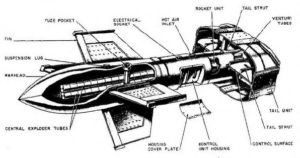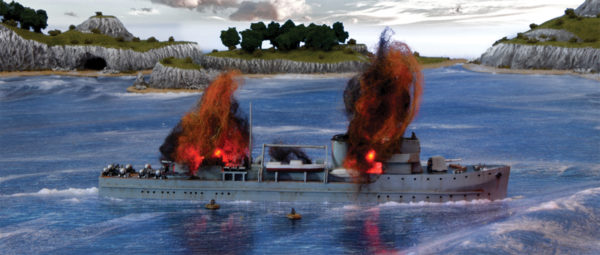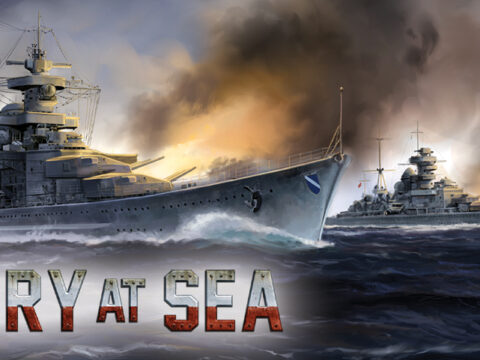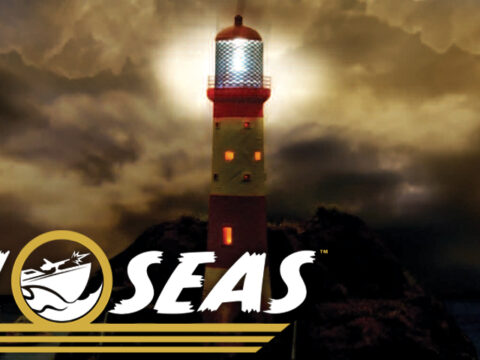Close Quarters is packed full of new rules to spice up your games of Cruel Seas. This week, we’re taking a look at some German glide bombs – the Fritz X and Hs 293.
Precision Guidance
Luftwaffe pilots and analysts recognised the difficulty of accurately bombing moving ships during the Spanish Civil War. Tactics at the time called for a swarm of single-engined dive bombers to attack ships at low altitude, dropping 250kg and 500kg bombs through the ship’s vulnerable deck armour, hopefully striking a magazine or fuel bunker, destroying the ship with a devastating strike.
The proliferation of anti-aircraft guns on even the smallest ship made bombing runs particularly hazardous. Experiments began with radio-controlled weapons began in 1938, with the fitting of radio-controlled fins to a 250kg bomb. By 1943, German scientists had fitted control surfaces and radio receivers to a 1,400kg armour-piercing bomb, giving it a maximum range of 5km.
At the same time, a team at Henschel had upgraded an existing glide bomb design with a rocket motor and the same radio control system. Complete with wings and rocket motor, the Hs 293 had a much greater range of 12km.
Designated the Hs 293, this weapon was designed to be used against unarmoured ships, while the Fritz X was intended for use against armoured targets.
Glide to Victory!
We got a chance to find out how these incredible weapons worked in a game of Cruel Seas!
We pitted a salvo of Fritz X guided weapons against a Flower-class Corvette and a couple of merchantmen. We imagined a scenario where an S-Boat flotilla would wait for the glide bombs to knock out the convoy escort before pouncing on the hapless merchantmen.
The ECM aboard the Flower-class defeated one of the weapons, but the other two hit home. Blazing stem to stern, the corvette was in no shape to fend off the predatory S-Boats who raked the convoy with cannon and torpedo before heading home!
Engage at Close Quarters!
Pre-order your copy of Cruel Seas: Close Quarters for when it releases on February 22nd!









